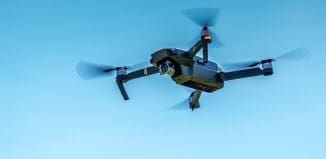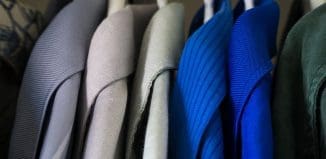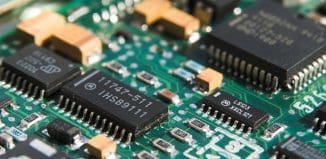3D printing At The Heart Of Sea
This post is also available in:  עברית (Hebrew)
עברית (Hebrew)
The 3D printing industry may not exist for very long but the speed in which it is progressing is staggering and from printing objects of no real use, just for the fun of it, the 3D printing world has been turned upside down. No more useless printing – today it is possible to print chips that are of use to the Hi-Tec industry, human organs such as artificial limbs, and military products such as gun, missiles and more.
In order to make the most of these special printing abilities, the U.S. navy has decided to install aboard its ships 3D printers that could produce through its technology parts for unmanned aerial vehicles, so that there is longer any restriction to use only the number of parts the ship has left the port with. The printers could also help the soldiers on deck to print anything else that could be of use to manage the vehicle, such as spare parts. Using these special 3D printers to make unmanned aerial vehicles is not a unique ability to the U.S. military. About a week earlier, the British navy has experimented with a 3D printed UAV on one of its ships, although the British navy has printed the UAV parts beforehand, on shore.
This conceptual change, in which navy ships will no longer have to leave with a massive amount of supplies but could produce what they need at sea in real time, is not limited to printing spare parts. The world of combat is a dynamic one and the ability to print means ad-hoc for various needs is highly important. Furthermore, due the fact that these are blueprints made by a computer for any problem expected to arise or a threat to face, the staff, both in command on shore and on the ship itself, could brainstorm to reach a solution to feed into the computer, then send it to soldiers on deck to be printed.






























